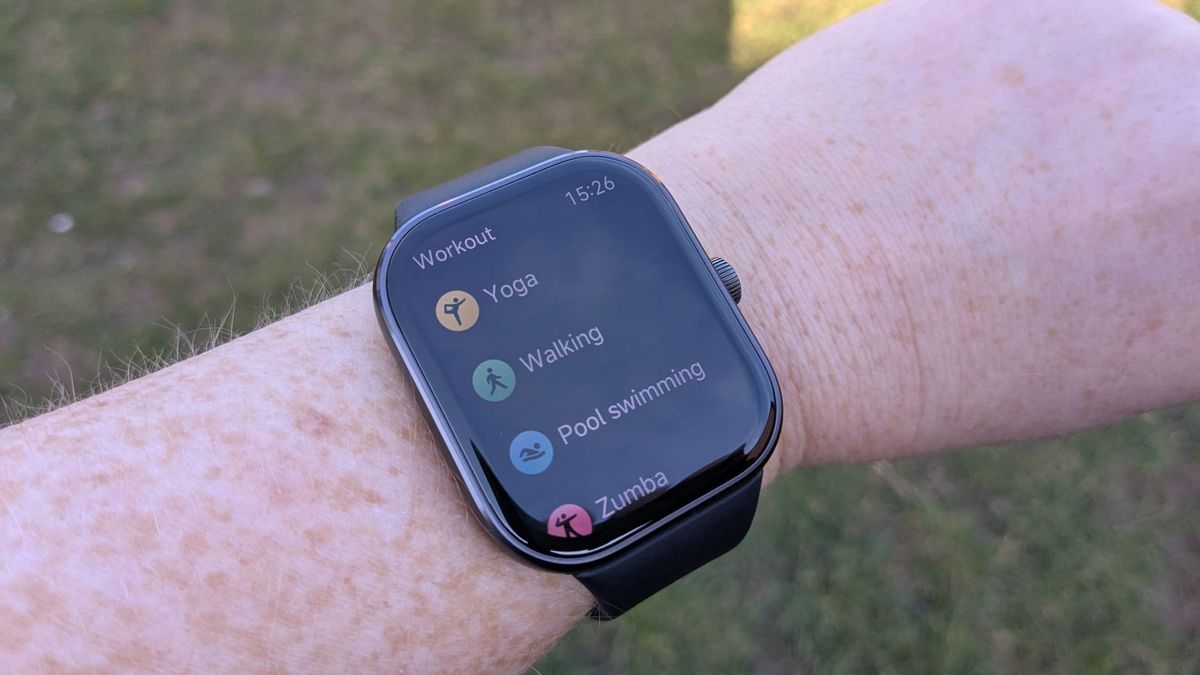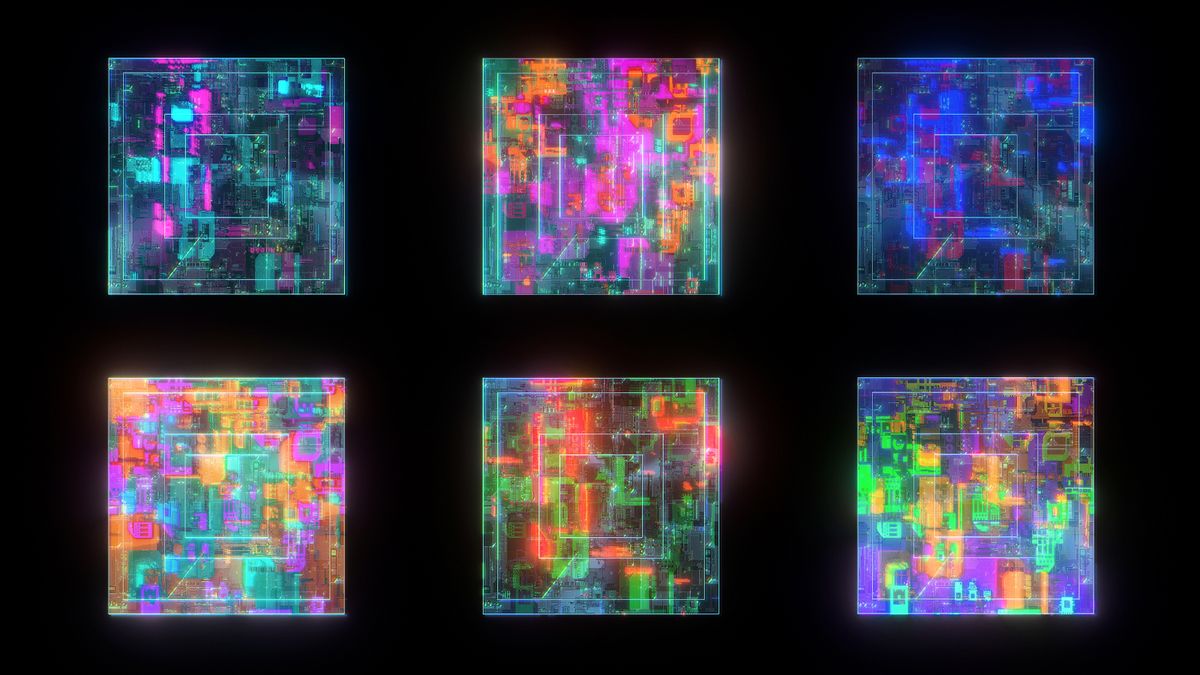Thank u, necks!
Pressing a $269 electrical device against the vagus nerve in your neck may be the secret to good vibes and stellar sleep.
Implantable vagus nerve stimulation (VNS) devices, which can cost $50,000, have long been used to treat epilepsy, depression and stroke. That’s because jolting the vagus nerve — the longest cranial nerve in the body — can help regulate brain activity, reduce inflammation and calm the nervous system.
Now, a new crop of buzzy non-invasive VNS gadgets promises to relieve stress, sharpen focus and improve sleep in mere minutes for a fraction of the cost. However, scientists warn that more research is needed to fully understand the effectiveness and potential applications of these commercial tools.
“The science is still very young,” Timir Datta, assistant professor in the Institute of Bioelectronic Medicine at the Feinstein Institutes for Medical Research, told The Post.
Here’s everything you need to know about this trendy therapy, part of the $8.3 billion neurostimulation market.
What is vagus nerve stimulation?
Datta describes the vagus nerve as a bundle of fibers stretching from the brain to the gut.
The vagus is a crucial component of the parasympathetic nervous system, primarily responsible for the body’s relaxation response and involuntary actions like breathing, heart rate and digestion.
Sending electrical impulses to the vagus can influence levels of neurotransmitters in the brain like norepinephrine and serotonin, potentially improving mood. VNS has been called a “pacemaker for the brain.”
“Vagus nerve stimulation pulls you out of that stressful physiologic state. It puts you into a more metabolically stable and healthy state,” Dr. Peter Staats — chief medical officer for Truvaga, a handheld VNS device that launched in 2022 — told The Post.
How do the devices work?
VNS devices implanted surgically are programmed to fire mild, brief electrical pulses to the brainstem at regular intervals, like every five minutes.
Truvaga is recommended for use twice daily, with each session lasting two minutes. Pulsetto, a wearable gadget, needs “only four minutes to reduce stress.” Two or three daily sessions are advised for optimal results.
There are other key differences between implantable and handheld VNS.
“Since the implantable ones are right up against the nerve, you can pretty much be guaranteed that they’re going to be doing something to the vagus nerve,” Datta explained.
With the non-invasive devices, “there’s a lot of other tissue in between,” he continued. “There’s, obviously, your skin, any other tissue, muscle, fat that you might have between the stimulator itself and the nerve, so the way that it engages the nerve is not as well understood.”
Price and potential downsides also vary.
“An implanted device costs about $50,000 and has a significant risk. There’s a risk of damage to what’s called the recurrent laryngeal nerve, which allows you to speak and can cause hoarseness if it’s damaged,” Staats said. “With non-invasive [gadgets], the risks are exceedingly low, and they’re relatively inexpensive.”
Truvaga 350, which allows for 350 two-minute stimulation sessions, retails for $299. Truvaga Plus, which boasts unlimited sessions and other features, costs $499.
Pulsetto is priced at $269. A premium subscription package, which includes personalized programs, is sold separately.
Side effects of non-invasive devices include skin irritation, mild headaches, throat discomfort, a tingling sensation, dizziness and nausea.
How effective are they?
The US Food and Drug Administration approved the first VNS device, an implanted pulse generator, in 1997 to treat seizures. Since then, the FDA has cleared non-invasive devices to address cluster headaches and breathing troubles from COVID-19.
Research on potential uses for the portable devices continues.
“If you were to take a look at disorders like sleep, anxiety, addiction, migraine headaches, cluster headaches, post-traumatic stress disorder, most of the studies on those therapies are with non-invasive approaches,” Staats said.
He said “it’s probably much safer” to do VNS than to take drugs to treat these conditions.
Datta suggests waiting “for the science to be a little bit more developed” before purchasing a VNS device unless your doctor specifically recommends one.
For non-invasive VNS to work, you must locate the vagus nerve. If you can’t find it, you can’t stimulate it and then you have a costly paperweight. VNS sellers offer help to those having trouble.
First, feel either side of your neck for a bump, bump, bump, which is the carotid artery. The vagus runs parallel to the carotid artery. Next, spray or put gel on the skin of your neck before applying the device.
Alternative ways to stimulate the vagus
These stimulators are not for everyone. Staats said Truvaga may not be suitable for people with defibrillator pacemakers.
“We’ve not seen any interaction with the pacemaker yet, but that’s the one that keeps me up at night,” Staats said. He’s concerned “that somehow there’s going to be an electric field that’s created that the sensor in your heart with the pacemaker perceives as an arrhythmia and then shocks the patient. We’ve not seen that happen, but that’s what I worry about.”
For those not ready or advised to take the plunge with VNS, the vagus nerve can be activated by loud singing, humming, chanting, gargling water, taking slow, deep breaths from the belly, practicing yoga, immersing in cold water and getting a massage.
















